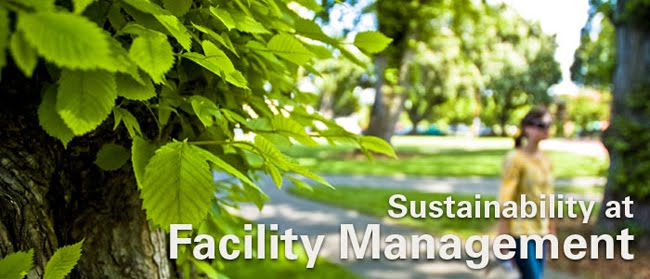An important part of Seattle Pacific University's climate action plan is its emphasis on energy infrastructure, efficiency, and conservation. Improving energy efficiency is one of the most cost-effective ways for SPU reduce its carbon footprint, making it an important focus for the University.
Much of the improvements in energy infrastructure include improved monitoring of energy use. This can be done through developing a more user-friendly system to track building energy use, installation of natural gas sub-meters at each building, and conducting energy audits every two years.
The use of natural gas is one of the University's major sources of carbon emissions. The Facilities department at SPU has already identified a set of improvements that could reduce the University's natural gas usage by fifteen percent. These include implementing night setbacks, installing submetering and programmable thermostats, and upgrading to a web-based interface for networked controls. Best of all, these projects are estimated to pay for themselves within seven years of implementation.
While improving energy efficiency will substantially decrease energy usage, the climate action plan also notes the need for conservation measures - ways the University can eliminate unnecessary energy use. Part of the climate action plan calls for the gradual expansion of acceptable temperatures in campus buildings, increased use of occupancy sensors in office and classroom spaces, and reduced use of portable fans, space heaters, and non-program related equipment.
The Computer and Information Systems (CIS) team is also at work on conservation measures by developing ways to reduce energy use from on-campus computers.
Renewable energy technology is a vital component of SPU's climate action plan. Since renewable technologies are developing at a rapid pace, the University plans to conduct and update an analysis of renewable energy options every three years. Options already advised include low temperature geothermal, solar, and use of waste heat. SPU will also consider renewable options when replacing HVAC equipment, with an initial focus on conservation and efficiency and a long term focus on installations that include, or consist solely of, renewable energy technologies.
Each of these components will help the University achieve its goals listed in the climate action plan. To find out more, check out the entire plan here.
Subscribe to:
Post Comments (Atom)




No comments:
Post a Comment